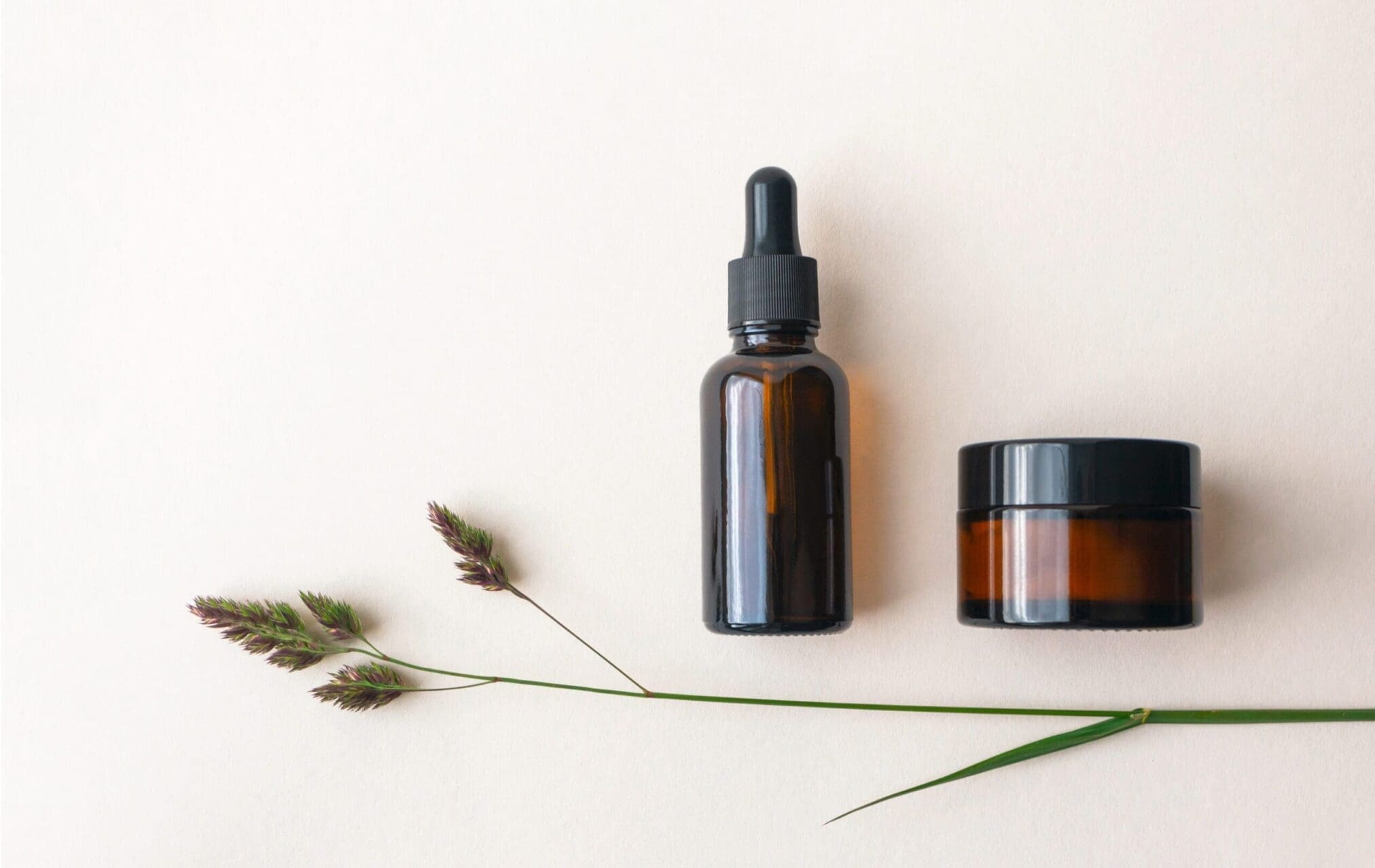What are sun protection products?
Sun protection products are classified as cosmetics in Europe. Their function is to protect the user from the UVB sun rays that can cause sunburn and may lead to skin cancer.
Along with all the regulatory and safety requirements laid down by the European Cosmetics Regulation 1223/2009/EC, in regards to sun protection products, the manufacturer must also determine the SPF – Sun Protection Factor.
How to determine SPF?
Several international guidelines have been created for cosmetics manufacturers to be able to determine the SPF level:
- ISO 24444 Standard – for Europe, Australia/New Zealand, South America, Japan, South Africa
- FDA final rule – for USA and Canada
- International COLIPA (now Cosmetics Europe) Method 2006 – for some Asian countries
All the guidelines recommend using different skin types following the Fitzpatrick’s classification. This classification is based on the typical response of different types of skin to ultraviolet (UV) light. The scale remains a recognized tool for dermatological research to estimate the risk of the onset of skin cancer.

The SPF testing, according to the reference methods, should be performed on volunteers with skin type I, II and III. Additionally, ISO 24444 advises that the volunteers in one panel should not have the same skin type, and together with Cosmetics Europe also suggests the use of the Individual Topological Angle (ITA0), which is calculated as follows:

This evaluation is relevant for Caucasians and under temperate climate, but it is also relevant for Asian people as well.
Data from SPF determination studies were used to compare the average erythemal sensitivity of two groups of volunteers:
• from Europe with a mix of skin types I, II and III
• from Bangkok with skin type III only
The comparison showed that, according to ITA0, there is no significant difference between the data of the two panels except for Europeans with very light skin (mostly skin types I and sometimes skin types II). Thus, selection by the ITA0 is proven to be objective and can equally be applicable regardless the climate, which is especially relevant for Asian-type panels. Therefore, ITA0 measurements, as it keeps the concept of “mixing” skin types which is a desired update of the current Standards, should be a preferred method of SPF testing.
As international companies have customers all over the world they should ensure that their products are tested accordingly to the Standards, and remain safe for every group of users. In Europe, sun protection cosmetic products manufacturers and their Responsible Person must ensure that all measure were taken for the proper determination of the SPF as well as compliance with the other European regulatory requirements to ensure consumers’ safety.
Need more information? Contact us now!


